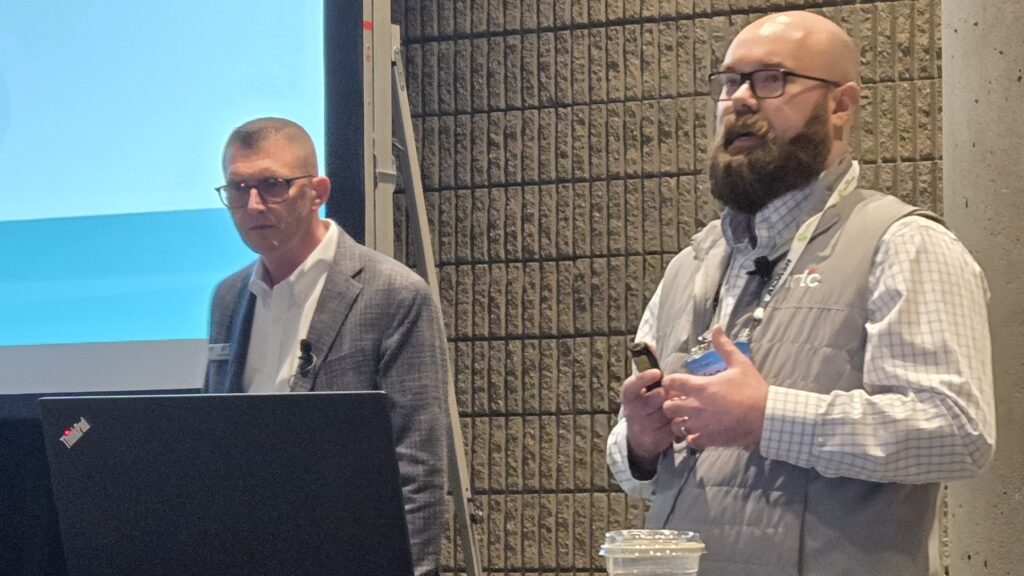NRTC Enters Alliance to Bring Private Wireless Network Connections to Electric Co-ops
Randy Sukow
|

With a vision of improving overall efficiency for rural electric cooperatives, NRTC has joined an alliance with wireless technology developers to promote an affordable private network solution that could fit utilities of any size. There are several different potential use cases for wireless links between the linemen, substation staff, office personnel and others. This new collaboration offers a way for co-ops to combine most or all those functions within a single, reliable, resilient, and secure network.
The alliance will serve NRTC members who choose to build, own and maintain LTE/5G wireless networks on a scale custom-designed for their needs and to clear the way for grid modernization at the pace the co-op chooses. NRTC has experience combining its fiber network construction and design capabilities with Ericsson’s cellular and microwave technology. Other contributors include Southern Linc, wireless communications subsidiary of Southern Company, which offers core hosting solutions to work with Ericsson equipment, and Anterix holds available 900 MHz spectrum for electric cooperatives’ use throughout the United States.
“We are thrilled to partner with Ericsson, Southern Linc, and Anterix,” said Joe Walsh, NRTC’s VP of Smart Grid Networking in a press release. “This collaboration closes a critical gap that rural electric cooperatives will face as they modernize their grid infrastructure.”
NRTC has in an ongoing collaboration with Ericsson to develop wireless network solutions for electric cooperatives. A year ago, Ericsson published a case study, “Modernizing Electric Grid Services with Private LTE: NRTC Broadens Digital Electric Coverage and Capacity with Private LTE.” The study provided details of a private network trial at NRTC member West Kentucky Rural Electric Cooperative Corp.
“Our communication network was a hodgepodge of special-purpose systems, each independently operated and maintained,” said Justin McCann, West Kentucky RECC’s VP of engineering in the study. “That was becoming problematic when you consider the changes happening in power distribution and the number of endpoint devices on the grid.”
The trial employed a private LTE network on the 900 MHz band. It operated several systems, including SCADA, AMI and GIS. West Kentucky RECC also began investigating the potential for internet of things (IoT) applications and frequency “slicing” techniques that could provide for leasing communications capacity for special use, such as first responders.
Cost savings is among the greatest potential benefits. “With private LTE, we’ll have a network that will support multiple smart grid systems for a fraction of what it would cost to expand just one system,” McCann said.
“We are proud to contribute our solutions to this initiative, ensuring that NRTC members have access to state-of-the-art technology that meets their evolving needs and maximizes their resources,” said Eric Boudriau, VP and head of Customer Unit Regional Customers for Ericsson North America this week.


